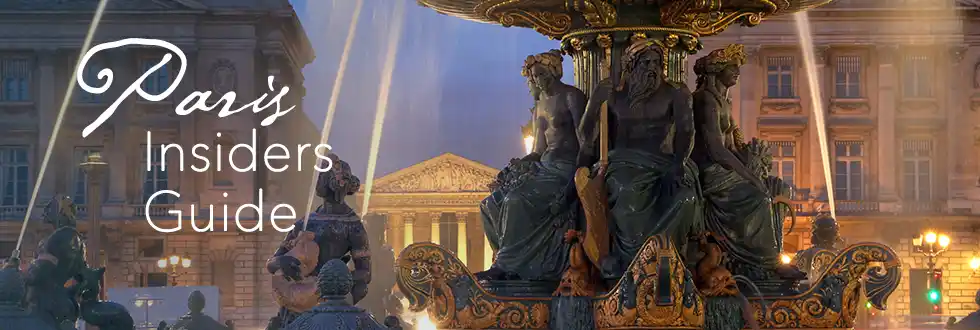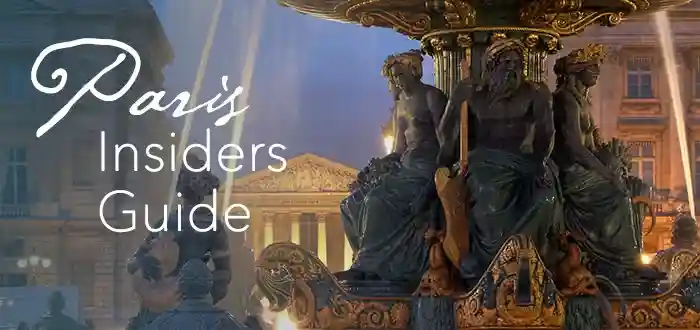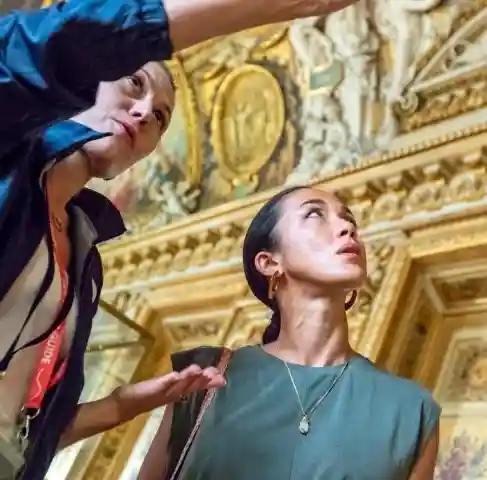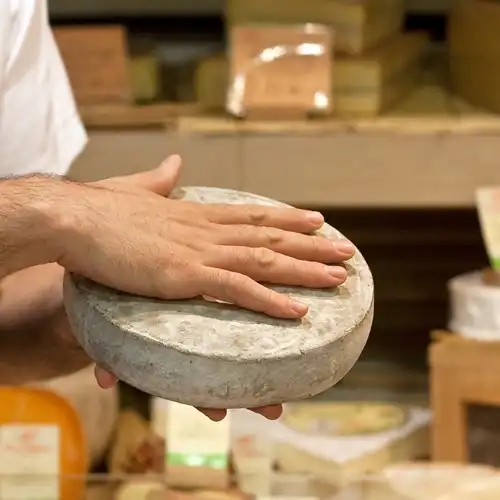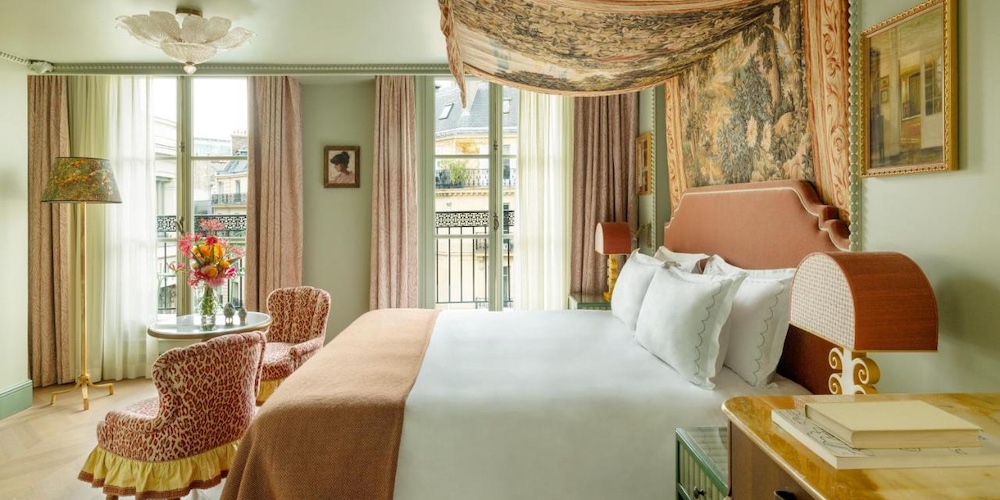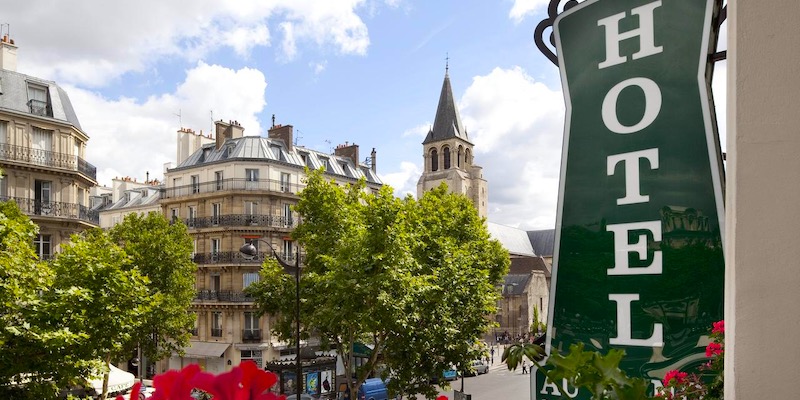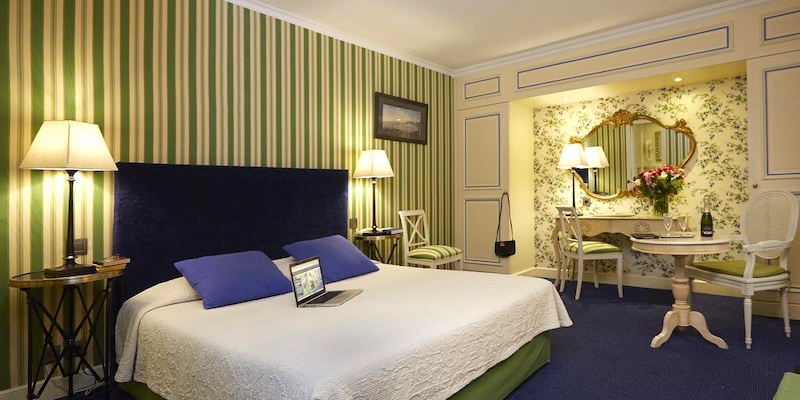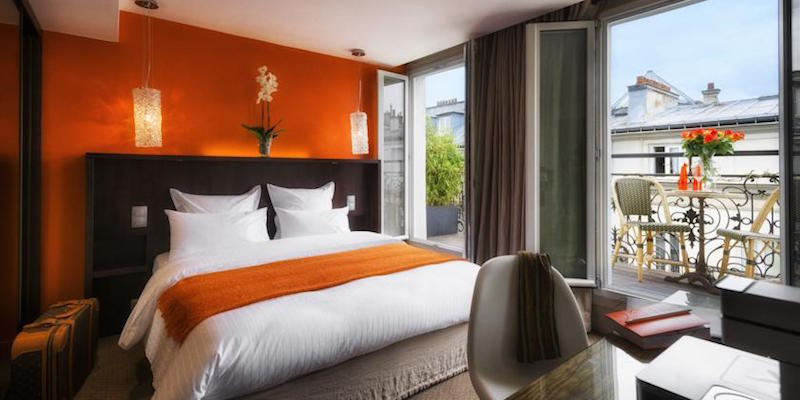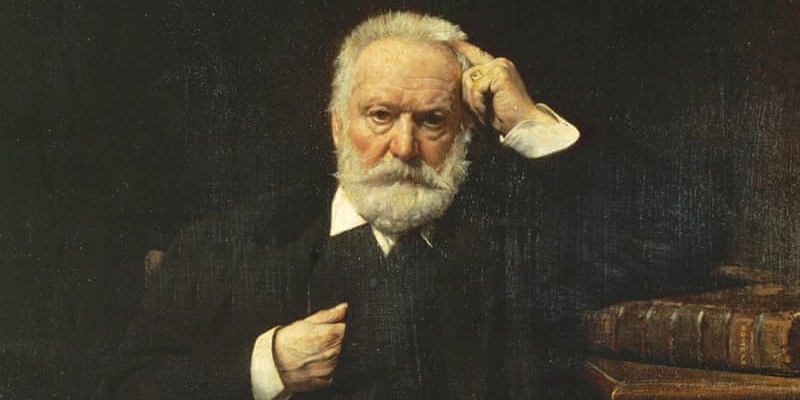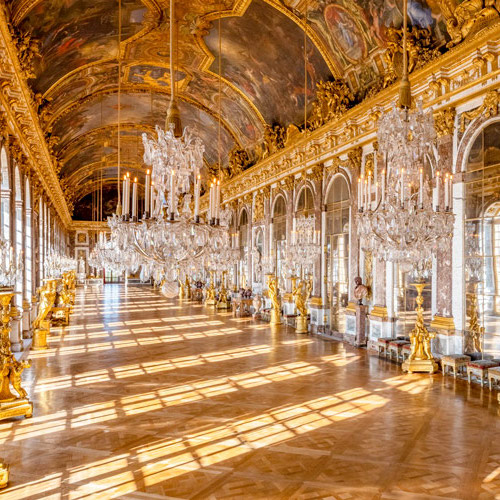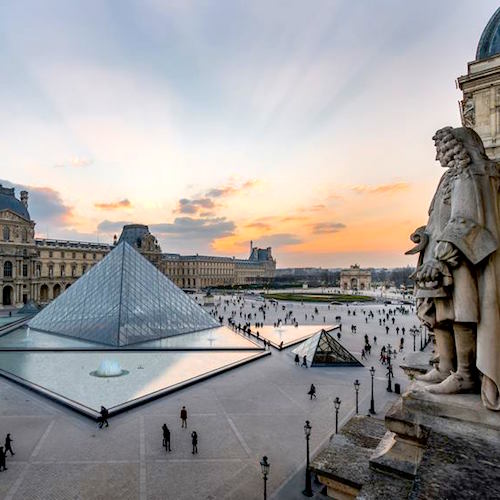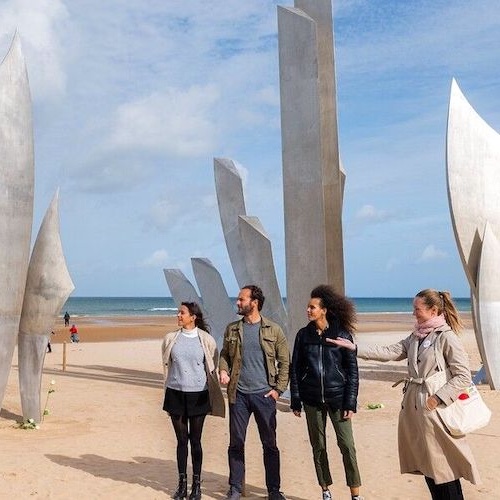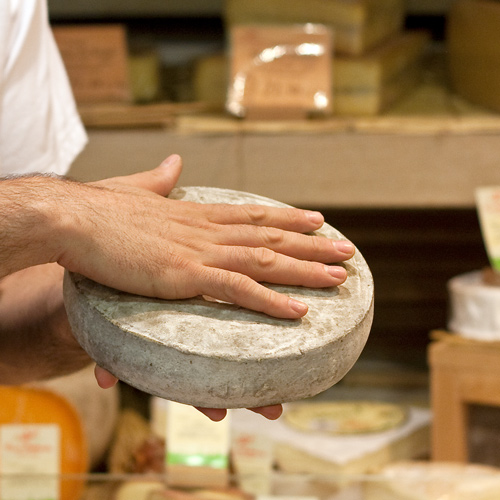The Marais Paris – An Historic District With A Modern Pulse
The Marais, Paris is where it gets interesting. This pocket of the city doesn't try too hard — it doesn't have to. Medieval streets twist past aristocratic mansions, cafes buzz with lively debates, and museums house everything from Old Masters to eyebrow-raising modern art. It's a place where the past refuses to sit quietly in the background.
Wander into a hidden courtyard and you might find a 17th-century hôtel particulier. Turn a corner, and there's falafel so good it inspires devotion. The Marais, Paris is a little rebellious, a little refined, and always full of surprises. It's the kind of neighborhood that makes you wonder why you'd ever leave Paris at all.
![]()
Our Top-Rated Experiences in the Marais
1. Taste of the Marais Food Tour… Fromageries, boulangeries, charcuteries, wine shops & more
2. Cheese and Wine Tasting in a Private Paris Cheese Cellar… Learn from a Master Affineur
3. Guided Tour of the Historic Marais… Small group & expert guide
4. Private Tour of Musée Picasso… The world's best Picasso Museum
19 Great Things About The Marais, Paris
1. Taste of the Marais Paris Food Tour
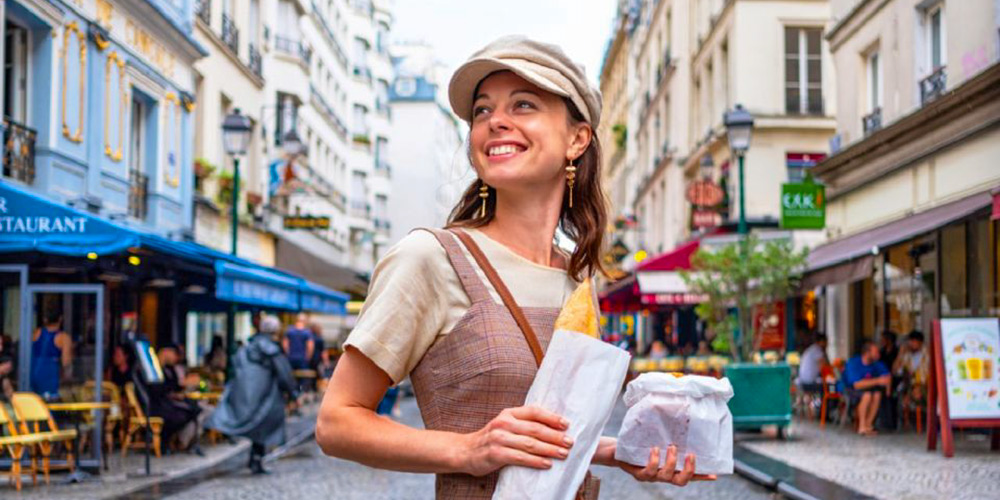 On a street in the Marais, with patisseries!
On a street in the Marais, with patisseries!
If you want to understand the Marais Paris, start with your taste buds. This food tour winds through the heart of the historic district Paris, beginning at the city's oldest covered market and sampling everything from gooey cheeses to crisp baguettes. It's not just about food — though you'll get plenty of it — it's also a crash course in the flavors and quirks of the neighborhood.
You'll graze through family-run boulangeries, nibble on charcuterie, and sip local wines while your guide dishes out stories of the Marais past and present. It's an edible map of the quartier, and an excellent primer for anyone wondering why the Marais has become one of the best places to visit in Paris.
![]()
Discover What's On When You're Here...
• January... |
• February... |
• March... |
• April... |
• May... |
• June... |
• July... |
• August... |
• September... |
• October... |
• November... |
• December... |
Discover What's On When You're Here
• January...
|
• February... |
• March... |
|---|---|---|
• April... |
• May... |
• June... |
• July... |
• August... |
• September... |
• October... |
• November... |
• December... |
2. Musée Picasso Paris
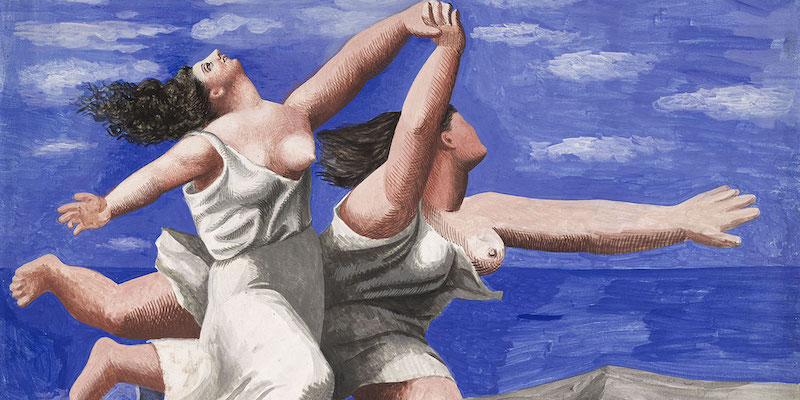 Pablo Picasso, Women Running on the Beach, Musée Picasso Paris
Pablo Picasso, Women Running on the Beach, Musée Picasso Paris
You'll find no shortage of Picasso museums scattered around the globe, but the one in the Marais Paris outclasses them all. Housed in a grand hôtel particulier on Rue de Thorigny, it holds the single largest collection of the artist's work in the world — paintings, sculptures, sketches, scribbled love notes, even furniture he designed on a whim.
What sets the Paris Picasso museum apart isn't just quantity, but intimacy. This museum feels personal, like peeking inside Picasso's creative life and messy relationships. It's one of the best places to visit in the Marais, whether you're a seasoned art lover or just like your museums with a little swagger.
The Top Things to Do in the Marais
The Top Marais Tour
3. Le Grand Mazarin – Our Top Marais Paris Pick
We discovered this new opulent hotel on a recent stay in Paris are were immediately enchanted and impressed. Le Grand Mazarin is a feast for the eyes, leaving no design detail overlooked. Everything is perfect, colorful, even quirky. It's been a while since we stayed at a hotel with such attention to detail. From our corner room with three windows we had wonderful views on the lively streets of the Marais. Our Rating — Superb-Plus! You'll love it.
4. Walking Tour of Historic Marais, Paris
![]() The streets of historic Marais
The streets of historic Marais
The Marais Paris isn't just a neighborhood — it's layers of history stacked on top of each other, best peeled back one step at a time. On this guided walking tour, you trace the footprints of royalty, rabbis, revolutionaries, and today's brunch crowd. You'll wander past aristocratic mansions and the storied Place des Vosges, all while learning how the district transformed from noble refuge to cultural hotspot.
The tour doesn't shy away from the Marais's rich Jewish heritage either — you'll pass synagogues, delis, and bakeries with queues out the door. The modern Marais is also known as an LGBT+ friendly Paris neighborhood, filled with cafes, galleries, and boutiques that have made it a favorite Sunday destination.
5. Hotel: Le Pavillon de la Reine
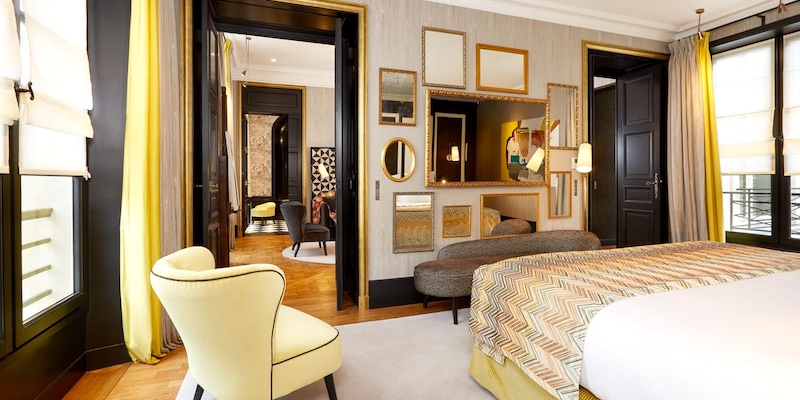 An elegant chambre at Le Pavillon de la Reine
An elegant chambre at Le Pavillon de la Reine
Tucked behind Place des Vosges — not hidden, just politely discreet — Le Pavillon de la Reine feels like the Marais Paris pressed into hotel form. The courtyard entrance already hints at what's inside: calm, elegance, and the kind of quiet you didn't think possible in a historic district Paris. Inside, you'll find plush interiors, old beams, and a sense that time has slowed down just for you.
What makes this hotel stand out is how it balances classic charm with an undercurrent of Parisian cool. It's a short walk to museums, shopping in the Marais, and many of the best places to visit in the Marais. It's refined without being stuffy — just the way the Marais would have it.
![]()
Discover What's On When You're Here...
• January... |
• February... |
• March... |
• April... |
• May... |
• June... |
• July... |
• August... |
• September... |
• October... |
• November... |
• December... |
Discover What's On When You're Here
• January...
|
• February... |
• March... |
|---|---|---|
• April... |
• May... |
• June... |
• July... |
• August... |
• September... |
• October... |
• November... |
• December... |
6. Tour: Explore The Historic Jewish Quarter
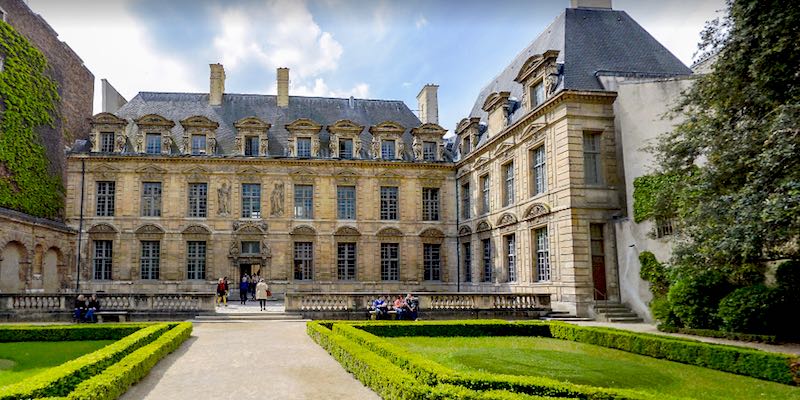 The garden at Hotel de Sully, photo Google
The garden at Hotel de Sully, photo Google
This walking tour gives you front-row access to one of the oldest and most culturally rich areas in the Marais Paris. With a knowledgeable guide, you wind through the medieval lanes of the Jewish Quarter, pausing at synagogues, memorials, and bustling bakeries. This part of the Marais doesn't just whisper history — it sings it from the rooftops.
You'll also pass through Hôtel de Ville, Hôtel de Sully, and the Musée Carnavalet, each adding layers to your understanding of this historic district Paris. The tour offers a deep look into centuries of community life, making it one of the best places to visit in the Marais for those who like their sightseeing with a side of substance.
7. Marché des Enfants Rouges
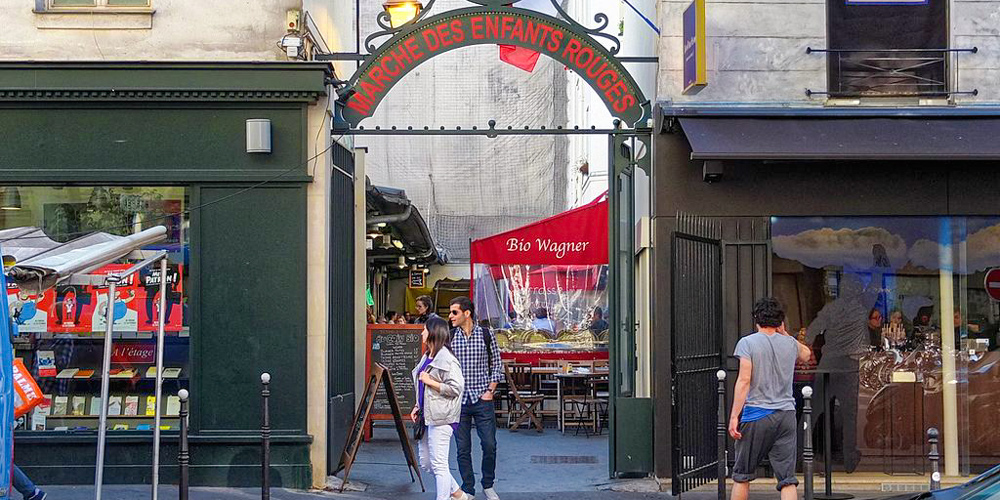 Entrance to Marché des Enfants Rouges, photo Wikimedia by besopha
Entrance to Marché des Enfants Rouges, photo Wikimedia by besopha
The oldest covered market in Paris isn't just a place to pick up your produce — it's one of the liveliest lunch stops in the Marais Paris. Marché des Enfants Rouges (named for a 16th-century orphanage) is a jumble of sizzling food stalls and elbow-to-elbow picnic benches. Moroccan couscous, Japanese bento, Breton galettes — it's all here and made with heart.
Locals pop in for lunch, tourists stumble in and stay longer than expected, and regulars come for conversation just as much as the food. This isn't fine dining — it's fine mingling. If you're shopping in the Marais and wondering where that amazing smell is coming from, follow your nose.
- 39 rue de Bretagne, 75003
- Metro: Saint-Sébastien–Froissart
- Information…
![]()
|
From Paris to Provence, Burgundy to Bordeaux, find hotel deals with current sale prices. Save up to 20% in cities, villages, beach towns, and storybook countryside escapes. |
|
Discover today's sale prices on hotel rooms in every village & city in France. Save up to 20%. Find hotels in Paris, Burgundy, Provence, the Loire Valley, Normandy, and everywhere else! |
8. Hotel Beaubourg
Hotel Beaubourg has that low-key Parisian charm — nothing flashy, just tidy rooms, warm service, and a location that puts you right in the middle of the Marais Paris action. The rooms are simple but thoughtfully arranged, and there's even an elevator (not something to take for granted in this historic district Paris). Bonus points for the quiet courtyard views if you know to ask.
From here, it's an easy stroll to cafes, museums, and all the best shopping in the Marais. It's not a five-star resort, but if you're the kind of traveler who values comfort, convenience, and a great neighborhood vibe, it checks all the boxes.
- 11 Rue Simon-Le-Franc
- Highly Rated
9. Place des Vosges
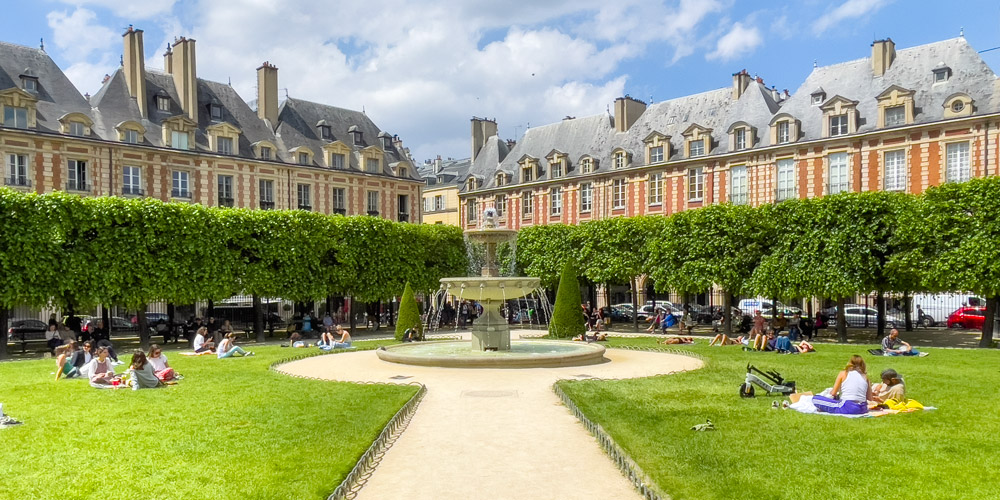 A summer day at Place des Vosges, photo by Mark Craft
A summer day at Place des Vosges, photo by Mark Craft
Place des Vosges is the elegant granddaddy of all Parisian squares. Built in the early 17th century, it's the oldest planned square in Paris — and arguably the most beautiful. With its harmonious red-brick arcades and leafy central park, it's a picture of calm in the heart of the Marais Paris. Victor Hugo lived here, and you'll understand why he stayed put.
It's also a fine place to launch your day in this historic district Paris. Grab a bench, admire the symmetry, and then head out to Rue des Francs Bourgeois for some of the best shopping in the Marais. Or duck into Rue des Rosiers for a flaky Jewish pastry. It's a classic for a reason.
![]()
|
Browse our hand-picked Paris hotel deals with real-time discounts of up to 20%. Stay in the Marais, Saint Germain, the Latin Quarter, the Left Bank near the Eiffel Tower… every arrondissement is on the list. |
|
Browse our hand-picked Paris hotel deals with real-time discounts of up to 20%. Stay in the Marais, Saint Germain, the Latin Quarter, the Left Bank near the Eiffel Tower… every arrondissement is on the list. |
10. Hotel de Ville
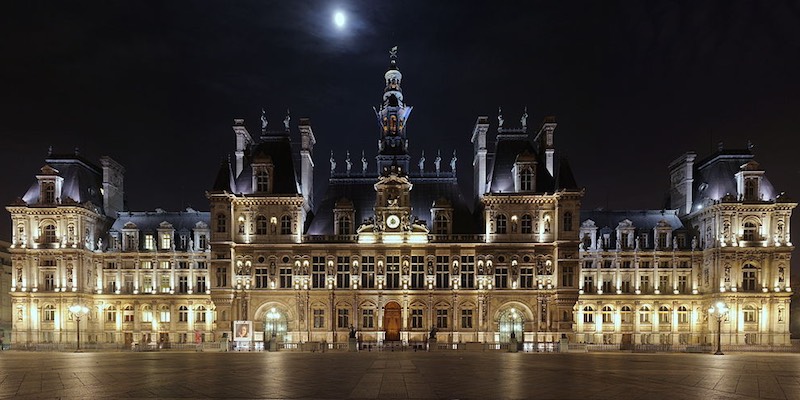 Hotel de Ville, photo Wikimedia by Benh Lieu Song
Hotel de Ville, photo Wikimedia by Benh Lieu Song
Hotel de Ville isn't a hotel — it's City Hall, and a grand one at that. With its riverside perch and neo-Renaissance drama, it's hard to miss. The Marais Paris has been its home since the 14th century, and although the building was gutted by fire in 1871, it rose from the ashes more ornate than ever. Think carved stone, spired turrets, and enough statues to populate a small village.
The square out front is where Parisians gather — for concerts, protests, and even winter ice skating. As civic buildings go, this one is a show-off. It anchors the neighborhood and serves as a visual reminder that the Marais isn't just historic — it's still very much alive.
11. Hotel du Petit Moulin
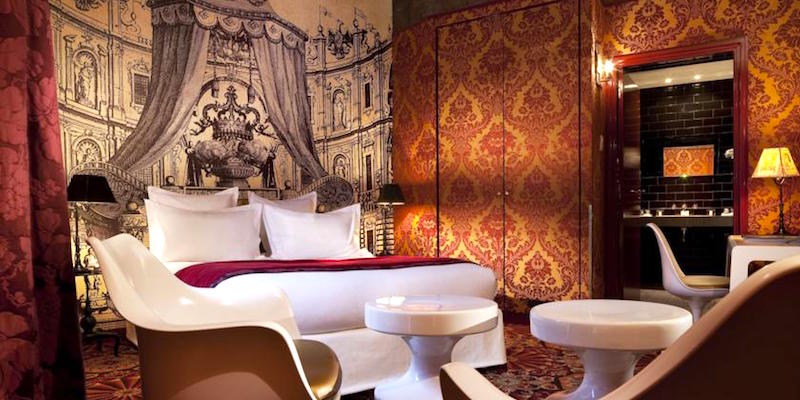 Christian Lacroix designed room, Hotel du Petit Moulin
Christian Lacroix designed room, Hotel du Petit Moulin
Hotel du Petit Moulin is about as subtle as a sequin jumpsuit, which is exactly why we love it. Housed in a former boulangerie — and yes, they kept the store front — this hotel feels like stepping into the Marais Paris through a pop-art looking glass. Designer Christian Lacroix gave each room its own dramatic flair, which suits the offbeat energy of this historic district Paris.
It's small, quirky, and absolutely memorable. You're in the thick of the neighborhood, surrounded by lively cafes and some of the best shopping in the Marais. If you're looking for a place with personality (and a bold one at that), this is it.
12. Musée d'Art et d'Histoire du Judaïsme
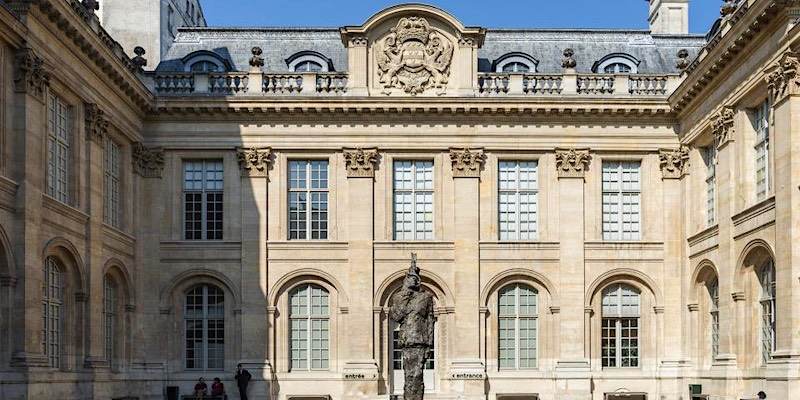 The Museum of Jewish Art and History
The Museum of Jewish Art and History
Housed in yet another elegant hôtel particulier — the Marais Paris has quite a few — this museum unpacks the Jewish experience in France with depth and grace. The permanent collection traces Jewish art and history from the Middle Ages to modernity, with standout works by Chagall, Soutine, and Modigliani adding bursts of color and complexity.
It's not just about what's on the walls. The museum creates a powerful sense of continuity and resilience, making it a meaningful stop in this historic district Paris. Quiet but rich with detail, it's one of the best places to visit in the Marais when you're looking for something thoughtful and unexpected.
- Hôtel de Saint-Aignan, 71 Rue du Temple, 75003
- Metro Rambuteau
- Website…
![]()
|
Paris Dinner Cruises on the Seine Dine in style as you glide past the Eiffel Tower, Notre-Dame, and the Louvre on a magical Seine River cruise. Gourmet food, champagne, and Paris lit up at night – it’s unforgettable. |
|
Paris Dinner Cruises on the Seine Dine in style as you glide past the Eiffel Tower, Notre-Dame, and the Louvre on a magical Seine River cruise. Gourmet food, champagne, and Paris lit up at night – it’s unforgettable. |
13. Musée de la Chasse et de la Nature
 At the Museum of the Hunt and of Nature, photo by Mark Craft
At the Museum of the Hunt and of Nature, photo by Mark Craft
Leave it to the Marais Paris to host a museum dedicated to both taxidermy and philosophy. The Musée de la Chasse et de la Nature is a strange little gem that explores humanity's relationship with animals, nature, and the controversial art of the hunt. One room might have 17th-century firearms; the next, a wild boar looming from the wallpaper. And yes, it all somehow works.
Tucked into two grand mansions, the museum blends period rooms with modern installations in a way that feels delightfully odd. It's one of the best places to visit in the Marais when you're in the mood for something totally unexpected — part cabinet of curiosities, part existential crisis.
- 62 rue des Archives, 75003
- Metro Rambuteau
- Website…
14. Musée Cognacq-Jay
 Boucher, Retour de Chasse de Diane, at Musée Cognacq-Jay
Boucher, Retour de Chasse de Diane, at Musée Cognacq-Jay
Paris retail magnate Ernest Cognacq and his wife Marie-Louise Jay had good taste — and, lucky for us, they gave it away. Their 18th-century art collection now lives in a refined hôtel particulier in the Marais Paris, where the gilded mirrors, Sèvres porcelain, and dainty portraits feel right at home. It's elegant, but not intimidating.
This museum is free to enter, rarely crowded, and refreshingly manageable. Think of it as a pocket-sized Versailles with none of the elbowing. If you're meandering through the historic district Paris and want a dose of decorative beauty without the crowd control, this is one of the best places to visit in the Marais.
15. Musée Carnavalet – Museum of the History of Paris
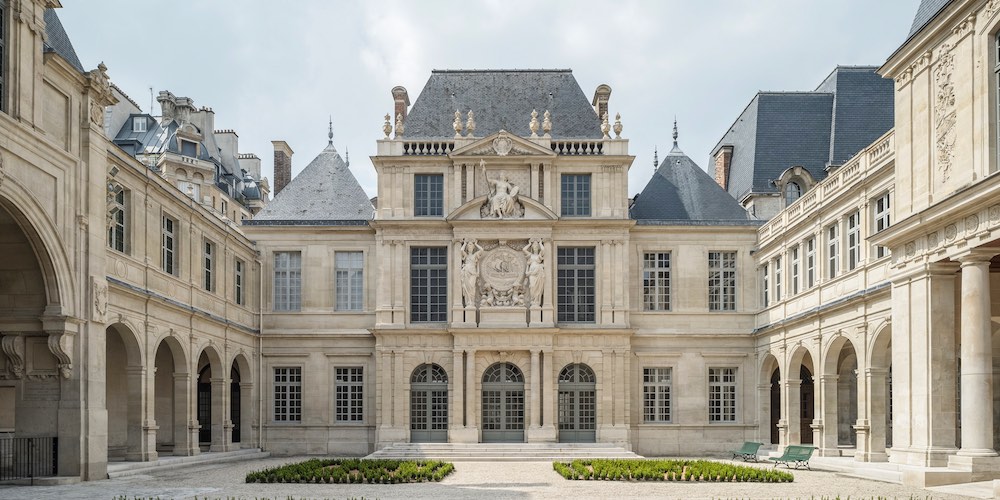 Musée Carnavalet inner courtyard
Musée Carnavalet inner courtyard
If you want to understand Paris, start here. Musée Carnavalet, housed in two elegant mansions, takes you from ancient Lutetia to the French Revolution and onward to the cafe terraces of today. The Marais Paris provides a fitting setting — a neighborhood that's lived through every chapter and still manages to keep things interesting.
Recently renovated, the museum is now easier to navigate and more inviting than ever. It's free to enter, rarely overwhelming, and full of weird and wonderful finds — from Marie Antoinette's belongings to Art Nouveau signs. For a historic district Paris that refuses to sit quietly, Carnavalet is its memoir in museum form.
![]()
|
Taste Your Way Through The Marais Stroll the cobbled streets of the Marais while tasting your way through cheese shops, bakeries, wine cellars, and hidden gems. A local expert leads the way — and keeps the wine flowing. |
|
Taste Your Way Through The Marais Stroll the cobbled streets of the Marais while tasting your way through cheese shops, bakeries, wine cellars, and hidden gems. A local expert leads the way — and keeps the wine flowing. |
16. Museum: The Pompidou Center
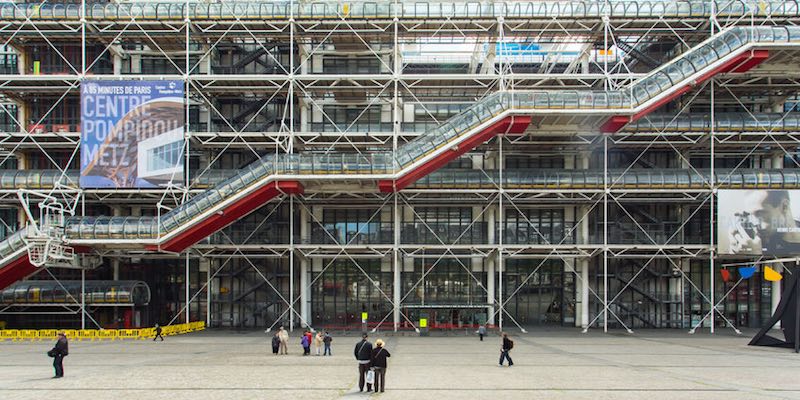 The iconic & controversial facade of Centre Pompidou
The iconic & controversial facade of Centre Pompidou
Hate it or love it, this paean to modern art is one of the busiest museums in Paris. The somewhat controversial Pompidou Center (opened in 1977) cut a swath through the medieval Marais neighborhood, destroying historic buildings in its path. But, it is the place to see the works of David Hockney, Picasso, Klee, Philippe Starck, Andy Warhol, and other great modern artists — if you like that sort of thing. The Pompidou will be closed for renovations between 2025 and 2030.
17. La Maison Européenne de la Photographie
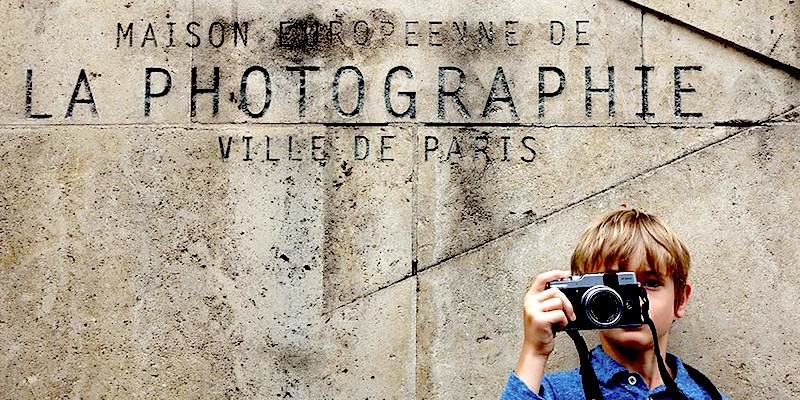
The House of European Photography is among the continent's most museums of photography. Feature exhibitions change often, so we always head here to see the new shows. The museum itself is housed in one of those fabulous mansions we mentioned; this one is the Hôtel Hénault de Cantobre, built in the 17th century. The entrance is on Rue de Fourcy just around the corner from the Saint-Paul Metro station.
- 5-7 Rue de Fourcy, 75004
- Closed Monday & Tuesday
- Website…
18. Maison Victor Hugo
After resting your feet next to one of the pretty fountains in Place des Vosges, go directly into one of the most charming, hidden museums in the Marais Paris. Explore the very rooms where Victor Hugo lived and wrote. Make sure you snag an audio guide to learn about the 1,000 love letters Hugo penned during his lifetime, many were to his long-time mistress, actress Juliette Drouet over a 50-year period. Located in the southeast corner of the square. Entrance is free.
19. Jewish Marais
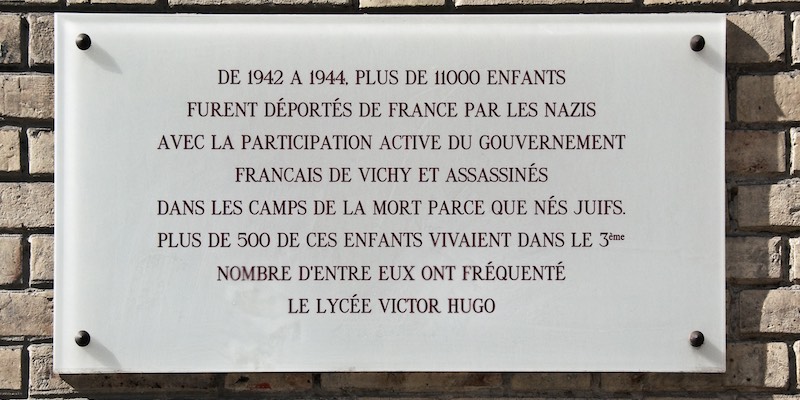
Ever since the Romans conquered the city in the 1st century BCE, Jews have lived in Paris. And as early as the 13th century they settled in the Marais, still the city's most famous Jewish neighborhood. Known as the Pletzl (Yiddish for "little place"), the Marais was once also known as La Juiverie.
Although it's one of Paris' most trendy areas, the Marais still has a strong Jewish presence.Walk along Rue des Rosiers and you will find Jewish restaurants, bookshops, boulangeries, kosher delis, and synagogues. Stop at #10 Rue Pavée to visit Agudath Hakehilot, an orthodox synagogue designed by Hector Guimard, the Art Nouveau architect famous for his Paris Metro station entrances. Built in 1914, it's the largest synagogue in the Marais. Guimard's wife was an American Jew; with the rise of anti-semitism they left France for the United States in 1938.
On Yom Kippur in 1940, the Germans destroyed the synagogue with dynamite. After World War II, Agudath Hakehilot was restored and is now a national monument and a vital meeting center.
Dynamiting synagogues was by no means the worst of Nazi atrocities. Throughout the Marais there are plaques to remind us about the Jewish families and children who were wrested from homes and schools and sent to concentration camps to be killed. It's a painful and poignant reminder of France's treatment of Jews during World War II. Another typical plaque reads —

To the memory of the students of this school, deported from 1942 to 1944 because they were born Jewish, innocent victims of Nazi barbarism, with the active complicity of the Vichy government. They were exterminated in the death camps. Never forget them."
The Marais Paris – Final Thoughts
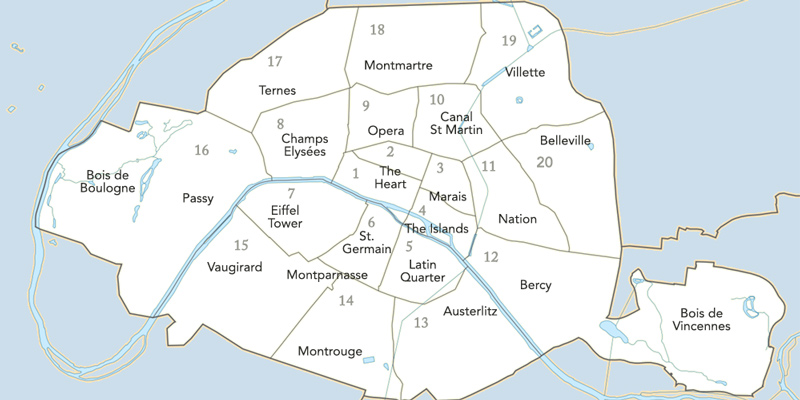 Arrondissement map, from Wikimedia by Eric Gaba, modified by Mark Craft
Arrondissement map, from Wikimedia by Eric Gaba, modified by Mark Craft
The Marais Paris is one of those rare places that doesn't just preserve history — it lives it. It's where aristocratic mansions stand beside street art, and centuries-old courtyards hum with cafe conversation. From world-class museums to falafel joints that spark family feuds over which one's best, the Marais keeps you on your toes in the best way.
Whether you're into galleries or vintage shops, quiet gardens or buzzing brunch spots, this historic district Paris has a way of pulling you in. Stick around long enough, and it stops feeling like a neighborhood you're visiting — and more like one you're already part of.
Marais Paris Fund Facts
- Ils n'Existent Pas. To be strictly correct, the 3rd and 4th Arrondissements no longer exist — in 2020 they were amalgamated, along with the 1st and 2nd, into a new administrative district called Paris Central. However, this area still remains known to one and all as "The Marais".
- Historically, this area, built over marshland ("marais"), was the neighborhood of choice for the aristocracy from the 13th to the 17th centuries.
- The Marais Paris is built on a smaller scale than the rest of Paris, retaining the feel an look of its 16th-century heyday. Here you won't find grand hotels, but smaller, charming places to call home.
- Untouched by Haussmann's 19th-century rebuilding of Paris, the luxurious hôtels still line the streets; many of them now house some of the best museums in the city. What the Marais district doesn't have are the grands boulevards or the big parks found in much of the rest of the city. It's all small, maze-like streets, giving you a glimpse of what Paris looked like 200, 400, even 600 years ago.
- Place Royale (as Place des Vosges was first called) was built by Henri IV and is a true square, measuring 140 m x 140 m. By the way, the square was renamed in 1799 when the département of the Vosges in eastern France became the first jurisdiction to send tax money to support the state after the French Revolution.
- More about Musée Picasso: Opened in 1985 and housed in the 17th-century Hôtels Sale, the Picasso Museum was closed in 2009 after an infamous art theft. It only reopened in 2015 (with better security, we hope). The elegant mansion is the perfect place to peek into Picasso's monumental treasure trove of his paintings, sculptures, love letters, poetry, and photography.
Paris Planning Guides
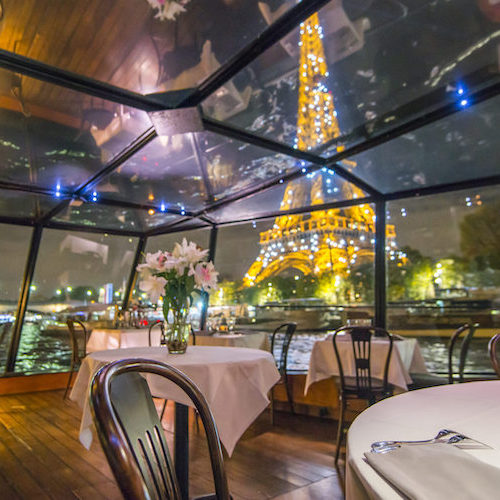 Glorious Dinner Cruises
Glorious Dinner Cruises |
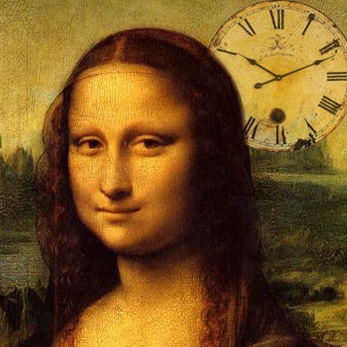 Skip the Museum Lines
Skip the Museum Lines |
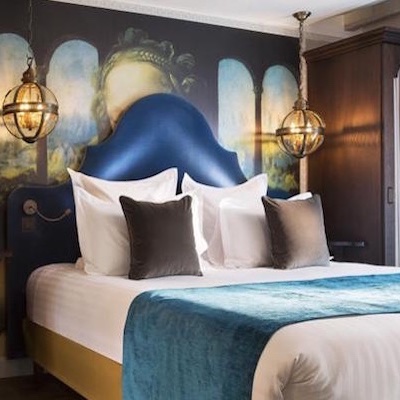 Left Bank Hotels
Left Bank Hotels |
 Visiting Versailles
Visiting Versailles |
